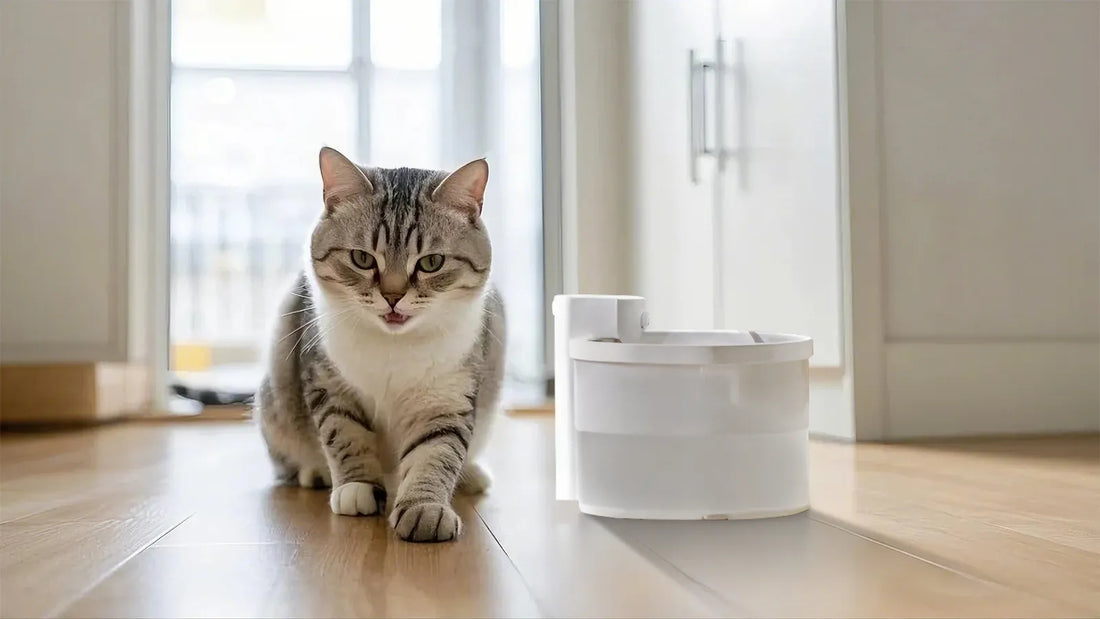When it comes to the health and well-being of our beloved canine companions, sometimes extraordinary measures are necessary. A dog feeding tube can be a lifesaving solution in situations where a dog is unable to eat on its own. Whether due to illness, injury, or surgery, this medical device ensures that your pet receives the essential nutrients needed for recovery and survival.
What is a Dog Feeding Tube?
A dog feeding tube is a medical device used to provide nutrition directly to a dog's stomach or intestines when they are unable to consume food orally. This can be due to a variety of reasons, including severe dental issues, throat injuries, or conditions that affect the dog's ability to swallow. The tube is typically inserted by a veterinarian and can be used for short-term or long-term care, depending on the dog's needs.
When is a Dog Feeding Tube Necessary?
There are several scenarios where a dog feeding tube becomes essential. For instance, dogs recovering from major surgery may not have the strength or appetite to eat normally. Similarly, dogs suffering from conditions like pancreatitis, cancer, or severe infections may require nutritional support to aid their recovery. In cases of trauma or injury to the mouth or throat, a feeding tube can bypass the affected area, ensuring the dog still receives the necessary nutrients.
Types of Dog Feeding Tubes
There are different types of feeding tubes available, each suited to specific needs. The most common types include nasogastric tubes, esophagostomy tubes, and gastrostomy tubes. Nasogastric tubes are inserted through the nose and down into the stomach, making them suitable for short-term use. Esophagostomy tubes are placed through a small incision in the esophagus and are often used for medium-term feeding. Gastrostomy tubes are inserted directly into the stomach through the abdominal wall and are ideal for long-term nutritional support.
Benefits of Using a Dog Feeding Tube
One of the primary benefits of a dog feeding tube is that it ensures your pet receives the necessary nutrients even when they cannot eat on their own. This can significantly improve their chances of recovery and overall health. Additionally, feeding tubes can reduce the stress and discomfort associated with forced feeding or repeated attempts to get a sick dog to eat. They also allow for precise control over the amount and type of nutrition provided, which can be crucial for managing certain medical conditions.
How to Care for a Dog with a Feeding Tube
Caring for a dog with a feeding tube requires attention to detail and adherence to veterinary guidelines. It's essential to keep the insertion site clean and monitor for any signs of infection, such as redness, swelling, or discharge. The tube should be flushed with water before and after each feeding to prevent blockages. Additionally, it's crucial to follow the veterinarian's instructions regarding the type and amount of food to be administered. Regular check-ups are necessary to ensure the tube is functioning correctly and to make any adjustments to the feeding plan as needed.
Potential Risks and Complications
While a dog feeding tube can be a lifesaver, it's not without potential risks. Complications can include infection at the insertion site, tube dislodgement, or blockage. In some cases, the tube may cause irritation or discomfort to the dog. It's essential to be vigilant and report any unusual symptoms to your veterinarian immediately. Proper care and monitoring can help minimize these risks and ensure the tube serves its purpose effectively.
Emotional Support for Your Dog
Having a feeding tube can be a stressful experience for both the dog and the owner. It's important to provide emotional support and comfort to your pet during this time. Gentle handling, soothing words, and maintaining a calm environment can help reduce anxiety. Additionally, spending quality time with your dog and engaging in activities they enjoy can boost their spirits and aid in their recovery.
Transitioning Back to Normal Feeding
As your dog recovers, the goal is to transition them back to normal feeding. This process should be gradual and guided by your veterinarian. Start by introducing small amounts of soft, easily digestible food and monitor your dog's response. Over time, you can increase the quantity and variety of food as your dog's appetite and ability to eat improve. Regular veterinary check-ups are essential during this transition to ensure your dog is progressing well.
A dog feeding tube can be a vital tool in ensuring the health and recovery of your furry friend. By understanding its uses, benefits, and care requirements, you can provide the best possible support for your pet during challenging times. With proper care and attention, your dog can regain their strength and return to their happy, healthy self.













